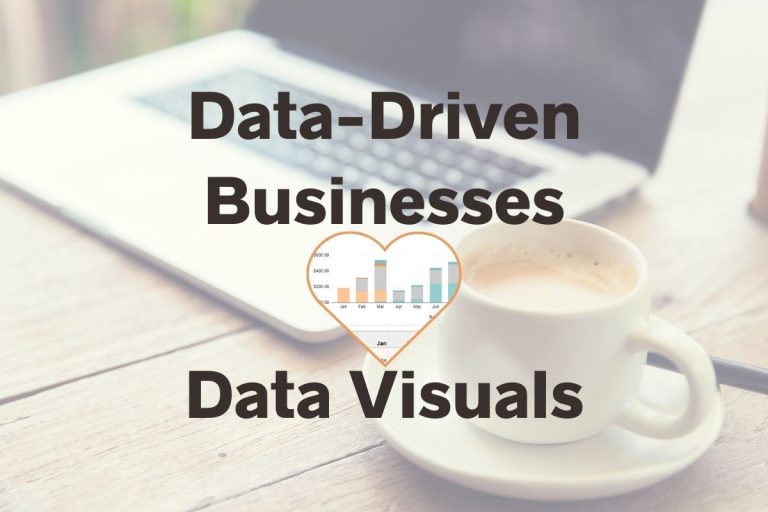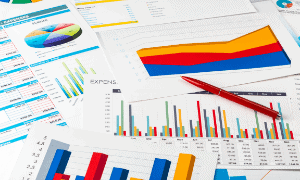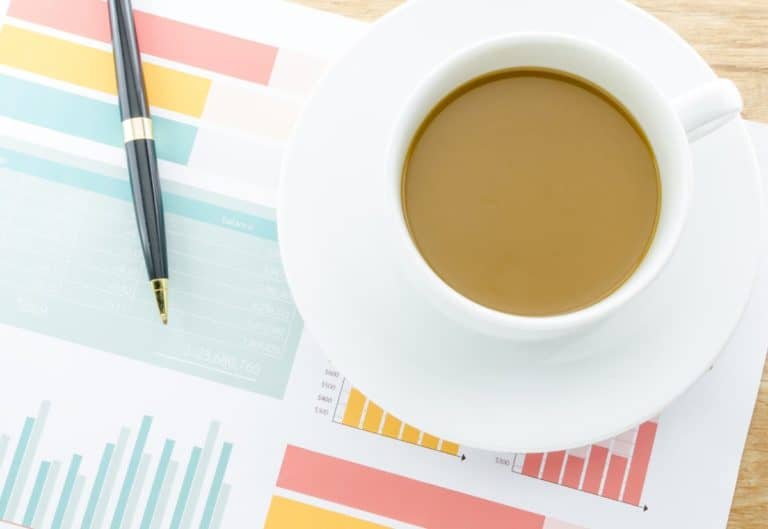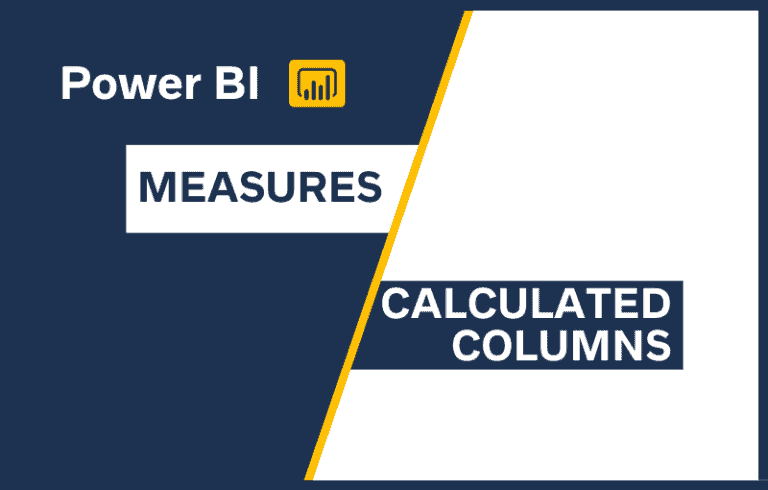Why Visualization Matters: The Power of Data-Driven Decision Making
Data visualization plays a crucial role in today’s data-driven world. It helps you understand complex data by turning it into easy-to-read visuals like charts and graphs. With the growing volume of data generated daily, being able to clearly and efficiently present information is more important than ever.
With the immense growth of data being generated, you’ll find that data visualization techniques play a crucial role in making sense of it all. From simple bar charts to intricate interactive graphs, these visual tools help you grasp the essential messages within the data and make informed decisions.
As you explore the world of data visualization, you’ll see how it can transform the way you understand and approach data analysis. From its roots in historical charting to modern software applications, data visualization has become an indispensable part of the decision-making process.
Remember, every bit of data has a story to tell, and it’s waiting for you to narrate it. Don’t let your data’s potential go untapped; check out our ultimate guide to data visualization basics. Make your data speak louder than words.
Importance of Data Visualization in Decision Making
When you’re faced with complex scenarios, data visualization can come to your rescue by transforming raw data into visual representations that make it easier for you to grasp and analyze. This powerful tool can help you make sense of vast amounts of information and uncover patterns, trends, and correlations that might not be apparent otherwise.
Data visualization is an essential technique for making informed decisions, especially in today’s data-driven world.
Visualizations provide an intuitive method to understand your data by presenting it in a more familiar and relatable format, such as charts, graphs, or maps.
When the human brain processes visual representations, it does so more rapidly and efficiently than if it were deciphering numbers and text. This not only provides instant insights but also enables you to examine data from multiple perspectives and discover hidden patterns that might otherwise go unnoticed.
Consider a case study where you need to analyze sales data to identify potential growth opportunities. Although a spreadsheet can contain the information, it might take hours to dissect it properly & find the underlying story. However, by utilizing data visualization, you can quickly see trends, high-performing products, and areas that require attention – all contributing to better decision-making.
Examples demonstrating effective data visualization in decision making
- Decision-making for executives: In this case, data visualization proved to be essential for management in understanding, monitoring, and controlling their organization’s performance. Visual representations allowed them to grasp trends and seasonality, making it easy to implement strategic plans and remain proactive in their decision-making.
- Finance: In the financial industry, data visualization allows you to analyze complex financial data to make informed investment decisions. By using visualizations such as stock charts and heat maps, you can quickly identify market trends and patterns, leading to more accurate predictions and better decision-making (source).
- Marketing: In marketing, data visualization helps you optimize your campaigns by identifying trends and relationships between different marketing variables. By using visual tools like dashboard analytics, you can easily measure campaign performance, segment your audiences, and allocate resources more effectively.
- Interactive data visualization: This case highlights a company that used interactive data visualization tools to help their employees make sense of complex data and ultimately make better decisions. The visualizations enabled users to understand the relationships between different variables by interacting directly with the charts, allowing them to discover valuable insights.
In summary, when you use data visualization to explore complex scenarios, you’re equipping yourself with an invaluable tool for understanding and decision-making.
Not only do visual representations enable you to see patterns and trends quickly, but they also support informed conclusions and actions. Embrace this technique, and you’ll find making data-based decisions much more accessible and rewarding.
The Role of Data Visualization in Data Analysis and Interpretation
In data analysis, you often come across complex datasets, which can be challenging to process and understand. This is where data visualization comes in handy. It simplifies data analysis by representing data in a graphical or pictorial form. By visualizing your data, you can gain insights more efficiently and make informed decisions based on the displayed information (source).
A crucial aspect of data visualization is its ability to help you identify patterns, trends, and correlations. By displaying data in visually appealing formats such as charts, graphs, or maps, it becomes easier for you to detect underlying relationships and draw meaningful conclusions. Visualization helps you pinpoint areas of interest and focus on significant parts of the data to gain a deeper understanding.
Several businesses across various industries leverage the power of data visualization for more effective data interpretation. For instance:
- Retail businesses use heatmap visualizations to track customer movements in stores, identifying high-traffic areas and adjusting product placement accordingly.
- Finance companies utilize line charts to monitor stock prices, allowing investors to make better-informed decisions based on historical trends.
- Healthcare professionals employ bar graphs or pie charts to compare patient data, facilitating the identification of patterns that can improve diagnoses and treatments.
Remember, as you engage with data visualization in your daily tasks, adopting a friendly tone and a second-person point of view can make the information more accessible and relatable to your audience. By incorporating data visualization techniques, you enhance your data analysis skills and drive impactful insights that can support your business objectives.
Role in Analytics and Data Science
When working with analytics and data science, data visualization plays a crucial role in helping you understand complex datasets and data structures. As a data scientist, you often work with large amounts of information, and it becomes essential to identify trends and patterns that can guide your decision-making process.
Data mining and analysis involve sifting through datasets to uncover hidden patterns, correlations, and other insights. Effective data visualization enables you to represent these findings in an easily digestible format, helping you communicate the results to stakeholders or team members.
Because ultimately, data scientists are in the weeds, but typically decision-makers need to know that the method & data is accurate as part of the resulting story. Data visualization is where the story component blends data science with data visualization for data-driven decision making.
One of the key benefits of incorporating data visualization into your analytics workflow is its ability to present data in a more accessible manner. When dealing with numerical or text-based data, it can be challenging to discern the underlying trends. However, with the effective data visualizations, you can quickly highlight relevant information, making it easier to understand and retain.
Artificial intelligence (AI) and machine learning are also enhancing the ways data visualization can be utilized. When working with models in data science, AI-driven algorithms can help identify patterns and correlations within datasets that could be easily overlooked by humans.
Using tools to implement this work is key to turning around advanced functions as a data scientist, and turning that into something consumable for non-data scientists is where magic tends to happen.
In summary, data visualization is an essential tool to bring data science to life. By incorporating AI and machine learning into your data visualization techniques, you help others understand the data & ultimately have more impact.
The Impact of Data Visualization on Communication and Presentation
Visual storytelling has the potential to convey complex information in an easily digestible format. With the help of data visualization, you can create engaging and meaningful visuals that bring clarity to your audience.
It’s a powerful tool that can make even the most complex information easy to understand for your audience. Remember the saying, “a picture is worth a thousand words”? Data visualization takes this concept to the next level, as it leverages visuals to present information in a more accessible and impactful way.
When it comes to audience engagement and understanding, data visualizations play a significant role. When you present information visually, your audience is more likely to engage with the content and understand the key points. It’s a well-known fact that people are generally more receptive to visuals than plain text.
So, by incorporating attractive visuals into your presentations, you’re more likely to capture and maintain the attention of your audience. This ultimately leads to a deeper understanding of the message you’re trying to convey.
Lastly, data visualization can help you create more persuasive presentations and pitches. As you present information in a way that your audience can easily comprehend, you organically build trust and credibility. When your audience trusts the information being presented, they are more likely to buy into your ideas and take the desired action.
By using data visualization effectively, you can showcase the significance of your data points, making your presentations or pitches more compelling and ultimately, more successful.
So, the next time you have to communicate complex information or make a persuasive pitch, remember to include data visualizations that are both captivating and informative. This approach will enhance the overall impact of your communication and presentation, making it easier for your audience to engage with and understand your message.
Reasons to Use Data Visualization
Spot Trends and Relationships
Data visualization helps you easily identify trends and relationships in your data. By visualizing large datasets, you can quickly comprehend complex information, making it easier to spot patterns and associations that might otherwise go unnoticed. This improved understanding of your data enables you to make more informed decisions and explore new opportunities.
Identify Outliers and Patterns
When working with big data, it’s essential to identify outliers and patterns that provide valuable insights. Data visualization allows you to create a visual representation of data points, enabling you to spot any anomalies or recurring patterns. This can be particularly useful when searching for anomalies in time-series data or identifying clusters in multi-dimensional data.
Effective Storytelling
Data visualization plays a crucial role in effective storytelling. By presenting data in a clear and engaging way, you can convey complex information in a format that people can easily digest and understand. This helps bring context to your message and allows decision-makers to gain better insights from your data.
- Use charts and graphs to visualize trends
- Create maps to illustrate geographic information
- Design infographics to provide context and simplify complex data
Informed Decision-Making
Finally, data visualization is vital for informed decision-making. Through insights gained from spotting trends, identifying outliers, and understanding the context of your data, you can make well-informed decisions that drive meaningful change and support your objectives.
Remember, data visualization is more than just colorful charts; it’s a powerful tool that enables you to:
- Explore and analyze big data
- Recognize patterns and correlations
- Understand the stories behind your data
- Make better-informed decisions
Feel like you’re guessing when making decisions? Dive into our guide on data visualization basics. Understand your data and make decisions with confidence and clarity.
Importance of Data Visualization Across Industries
When it comes to data visualization, its importance and applications span across various industries. Here are a few examples of how data visualization benefits different sectors:
- Government: As a decision-maker in government, you can leverage data visualization to make sense of complex data sets, monitor trends and patterns, and communicate findings with stakeholders. For instance, mining open government data for business intelligence using data visualization techniques can provide insights into economic and social development.
- Education: In the education sector, data visualization allows teachers and administrators to identify gaps in student performance, track the progress of entire classes, and make data-informed decisions for curriculum development.
- Finance: Financial institutions can benefit immensely from data visualization. It helps you uncover hidden trends, detect potential risks, and make more informed investment decisions. Visualization techniques are even being applied in the insurance sector for decision support, using machine learning algorithms.
- Marketing: As a marketer, your ability to analyze and interpret data can be enhanced with visualizations. Data visualizations can help identify trends in customer behavior, measure the success of marketing campaigns, and even inform content creation and overall marketing strategies.
- Health policy: Data visualization plays a critical role in healthcare policy formulation. By analyzing and visualizing healthcare data, you can identify patterns and trends, monitor changes in public health, and make informed decisions when creating health policies.
- Sales: In the sales industry, visualizing data can help you understand sales performance, identify opportunities for growth, and predict future trends. This information allows for better sales strategies and targeting of customers, ultimately leading to improved results.
Remember, as technology advances and industries grow more complex, the importance of data visualization cannot be overstated. By embracing this tool in your specific field, you’ll gain valuable insights and make better-informed decisions.
Challenges of Data Visualization
Data visualization is an essential tool that can help you understand complex information. However, it also comes with its fair share of challenges. In this section, we’ll discuss some of the common difficulties you may encounter while creating effective visualizations and offer guidance on how to overcome these issues.
One common challenge is dealing with biased data. Bias can distort the true meaning of information, leading to flawed conclusions. To address this, you should always seek a diverse range of sources, verify your data, and avoid cherry-picking input that supports your desired outcome. Being transparent about your data selection process can increase the credibility of your visualizations.
Another issue is maintaining efficiency in your visualizations. It’s important to strike a balance between clarity and sophistication – overly complex visualizations can become difficult to understand, while oversimplified ones may not convey the nuances of your data.
To achieve this balance, focus on the key story your data is telling and use appropriate visual elements, such as colors, shapes, and labels, to emphasize the message. Additionally, continuously refine your visuals based on feedback from your audience to ensure they effectively communicate the intended insights.
When it comes to textual elements, readability can be a concern. To create easily readable visualizations, stick to simple fonts and avoid excessive use of capitalization or italics. Be mindful of color and contrast, making sure that text is well-differentiated from the background. This can further aid in the ease of understanding for your audience.
Finally, accessibility is an important aspect to consider. Not everyone consumes visual information in the same way, so it’s crucial to provide alternative means for understanding your visualizations, such as text descriptions or accessible formats for screen readers. By addressing accessibility, you include a wider audience in the valuable insights your data can offer.
By keeping these challenges in mind and taking an active approach to finding solutions, you can create data visualizations that effectively communicate your insights and engage your audience in a friendly, easy-to-understand way.
Struggling to understand how to turn raw numbers into stunning visuals that speak volumes? Take the guesswork out of your data story by exploring our ultimate guide on the basics of data visualization!
Why is visualization crucial in data science?
Visualization plays a key role in data science because it helps you to better understand the data you’re working with and communicate results for impact.
By turning complex data sets into visual representations, it becomes easier to identify patterns, trends, and outliers. This enables you to make informed decisions, prioritize tasks, and communicate insights to others more effectively.
How does data visualization aid business intelligence?
Data visualization is a critical component of business intelligence because it allows you to turn raw data into actionable insights. By making data easier to understand and communicate, visualization tools can help you identify new opportunities, address issues more effectively, and make better-informed decisions.
Data visualization is an essential tool for making sense of the vast amounts of data that modern businesses collect. By presenting that data in an easily digestible format, you can gain valuable insights, make smarter decisions, and ultimately, drive your business forward.






